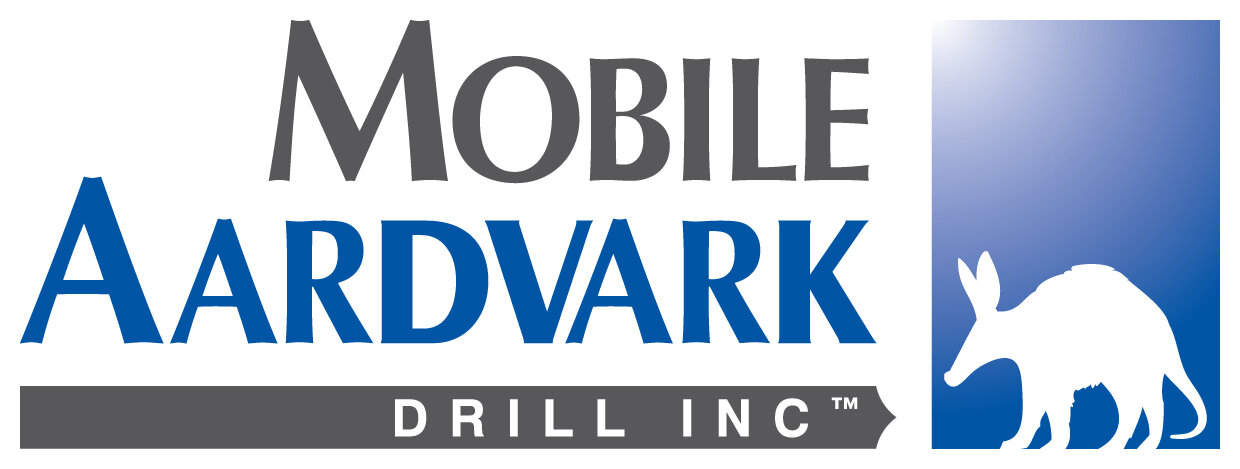Mobile Aardvark Drill Inc.® was hired to help determine whether or not a large potash tailings pile could be stabilized by dewatering. The project was a great success, and allowed the mine operator to use the pile for a significantly increased volume of tailings, which saved space and money. The following is the client’s account of the project:
―
Salt Waste Pile
Potash Mine, Saskatchewan
“The Aardvark drill rig was used as part of a research project by MDH Engineered Solutions Corp. (MDH), a member firm of SNC Lavalin, to determine if pore water pressures could be reduced in potash tailings piles in Saskatchewan. Potash tailings are hydraulically discharged at relatively low solids contents. Fortunately, the tailings are primarily NaCl salts, and the salt will stack effectively shortly following placement.
The salt saturated brine used for tailings transport is allowed to infiltrate into the tailings embankments, resulting in a relatively high water table (brine mound) within the embankment. It has been determined that the height of this brine mound is a major contributing factor to the stability of the embankments. Therefore, it was determined that a research project would be conducted to install horizontal gravity drains near the base of the embankment.
Five drains were installed to a length of approximately 120m, with spacing of approximately 30m. The tailings embankment and the foundations soils were previously instrumented with vibrating wire piezometers and several years of background data was available.
It was determined that the horizontal drains were effective at both a) lowering the pore water pressures in the embankment overall; and, b) reducing response of pore water pressure increase during active discharge of tailings. As a result, the stability of the tailings embankment is increased and the operator is able to securely deposit tailings to higher elevations.”


